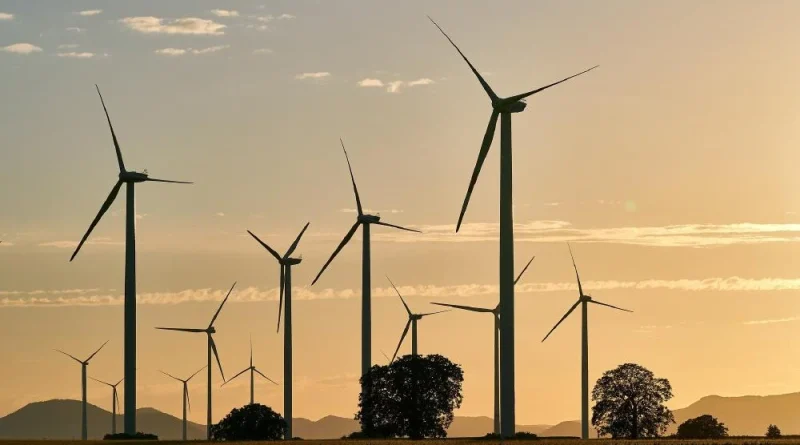
Renewable Energy: The Costa Rica Model As An Example For The World
Hydroelectric Energy:
Taking advantage of its abundant water resources, Costa Rica has developed an extensive hydroelectric infrastructure that meets much of its energy demand.
Geothermal Energy:
Costa Rica is located on the Pacific Ring of Fire, providing it with significant potential for geothermal energy generation. Exploiting this resource has been a priority to diversify its energy matrix.
Wind and Solar Energy:
With investments in wind and solar farms, Costa Rica has increased its capacity to generate electricity from wind and solar sources, taking advantage of the country's favorable natural conditions.
Despite its successes, Costa Rica faces significant challenges in maintaining its leadership in renewable energy. Drought, exacerbated by climate change, has strained the capacity of its hydroelectric infrastructure. This situation poses a temptation to turn to fossil fuels as a quick and inexpensive solution, especially in times of crisis. However, the country's commitment to sustainability has led to a focus on expanding other renewable sources to offset these challenges, once again demonstrating its leadership in the fight against climate change.
Costa Rica's push toward renewable energy not only has environmental benefits, but also economic and social ones. Clean energy generation has attracted foreign investment, created jobs, and boosted rural development. In addition, reducing dependence on fossil fuels has allowed Costa Rica to maintain relative economic stability in the face of fluctuations in oil prices, thereby improving its economic resilience.
Looking ahead, Costa Rica continues to explore ways to improve its energy infrastructure and increase its renewable generation capacity. Investments in energy storage technologies and modernization of the electrical grid are critical to ensuring that the country can continue to harness its renewable resources efficiently and reliably. In addition, Costa Rica is working on initiatives to foster energy efficiency and promote the use of renewable energy in sectors such as transportation and industry.
Costa Rica has shown that it is possible to combine economic development with environmental sustainability. Its commitment to renewable sources is an example for other countries seeking to reduce their carbon footprint and move toward a greener future. As the world faces the challenges of climate change, lessons from Costa Rica offer a roadmap for sustainable energy development, demonstrating that with vision and commitment, it is possible to create a future in which both people and the planet prosper.->At Resonance, we aspire to live in harmony with the natural world as a reflection of our gratitude for life. Visit and subscribe at Resonance Costa Rica Youtube Channel @resonanceCR
Legal Disclaimer:
MENAFN provides the
information “as is” without warranty of any kind. We do not accept
any responsibility or liability for the accuracy, content, images,
videos, licenses, completeness, legality, or reliability of the information
contained in this article. If you have any complaints or copyright
issues related to this article, kindly contact the provider above.


















Comments
No comment